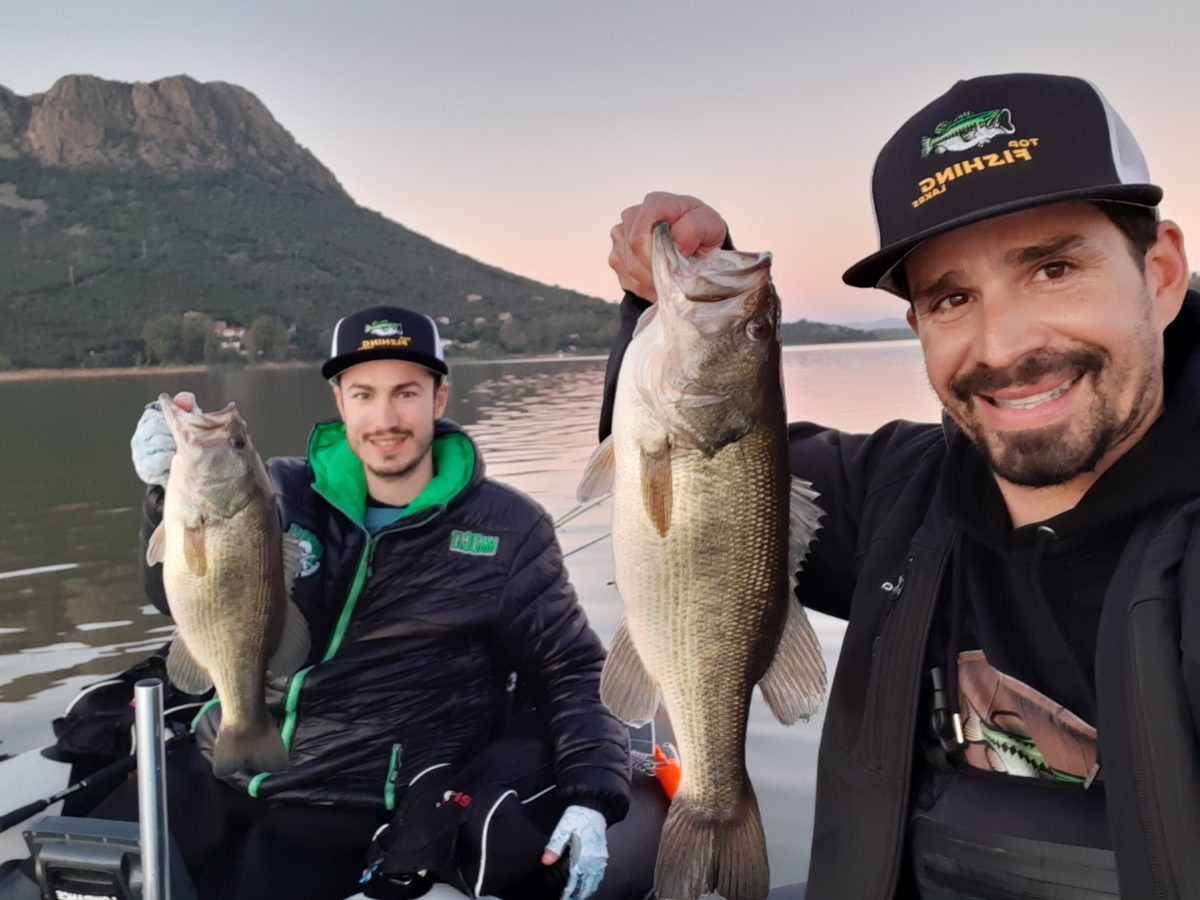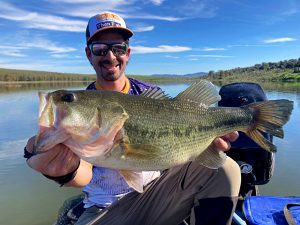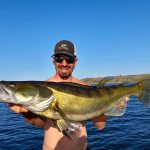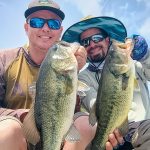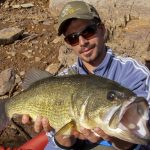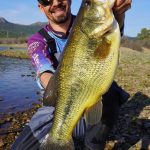Characteristics of García Sola lake
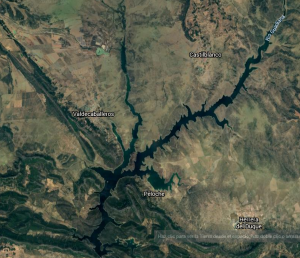
With a capacity of 554 hm3 and an area of 3550 hectares, García Sola lake is a reservoir on the Guadiana River well known to sport fishermen. Despite the fact that it is not in its best moment, its waters still shelter specimens of great quality. Like its neighbor Orellana, is characterized by the clarity of its waters (except for occasional episodes of flooding) and by the difficulty of its fish. This is largely due to the high fishing pressure to which it has been subjected in recent years.
It has a hydroelectric plant, although it also has other uses such as irrigation and supply. Its level is quite stable and usually varies between 250 and 400 hm3, rarely rising above these 400. Do you want to know the level in real time? Click here.
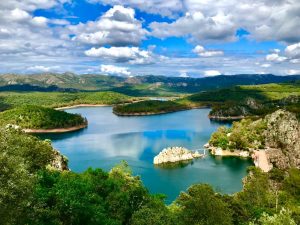
Bottom composition and structures
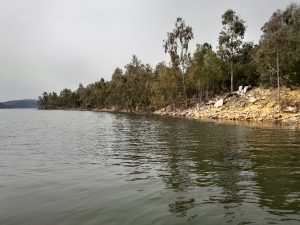
We can find very diverse structures, in a bottom covered mostly with schist and quartzite. We discover cut areas, mainly as we approach the dam, but also in the main riverbed of Guadiana. On the other hand, we also find extensive creeks and long stretches of laid shore.
We can also highlight extensive areas of rip rap, dotted with larg quartzite rocks, where crawfish abound. There are several small islands and as far as anthropic structures are concerned we can highlight stone walls in some creeks, submerged roads, some old cass and the bridge of the N-502 road that goes from Castilblanco to Herrera del Duque.
Vegetation and cover

There are not many areas where we can find submerged trees or wood, although near the Guadiana riverbed we can locate some. When the level is hight, we also can find small trees and bushes semi-submerged. However, the coverage originated by the underwater vegetation can be very important, depending on the year.
Sometimes there are really extensive and dense “algueros” (like forests of weeds), which can be several meters thick
We must bear them in mind when fishing, as these algueros provide shelter and food for the different species of predatory fish, and are already spread over many areas of the lake.
Main fish species
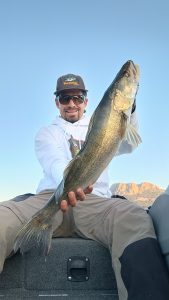
Although it is not at its best, the García de Sola reservoir has always stood out for the enormous quality of its catches, mainly black bass, but also for pike or carp.
- Pike. There has always been an interesting population of pike, and today they find in the “algueros” a suitable habitat for their expansion. Pike between 80 and 90 cm are common, and captures above the meter are not rare.
- Black Bass. There is a very good population of black bass, although it is under great pressure, which complicates its fishing. The medium size is quite big: specimens over 2 kg are relatively common, and occasionally specimens over 3 kg are caught.

Nice prespawner caught in 2024 - Zander. Present in the reservoir for several years, the population has shot up exponentially in a short time, with negative repercussions on the population of bleak. Today they reach very good sizes, with some specimens being able to exceed 80 cm in length. Together with the excessive fishing pressure, this is one of the reasons why this reservoir is not experiencing its best moments with regard to other predators.
- Carp. There is a good population of carp size. In general there are not as many really big carp as there can be in 0rellana but there are quite a few medium sized carp.
Baitfish in García de Sola lake
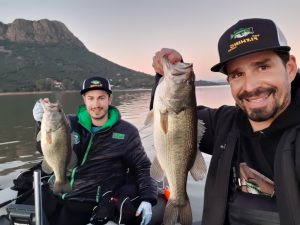
The bleak is the main source of food for predators, but its populations suffered a significant decline several years ago, coinciding with the arrival of the zander. This decline has influenced the morphology of the black bass, much more stylized than in the neighboring reservoir of Orellana.
Today the bleak is starting to recover, big schools of fish are beginning to be seen. The crawfish is quite abundant, as well as the sunfish. Large school of zander fries are also a good source of food in spring.
Access and navigation
Sailing is permitted at the García de Sola reservoir, where several ramps have also been built to facilitate access for motor boats.
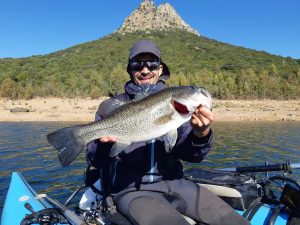
There are accessible stretches of shore, but there are not many roads leading to the water so we must be prepared to walk a lot if we want to reach some areas. Some shores are also quite steep, or are full of loose stones, which makes them uncomfortable to walk on.
For fishing from a float tube or a pontoon, it is not necessary to apply for any navigation permit, because if they are less than 2.50m long they are considered as complements to bathing according to the current legislation (2024).

